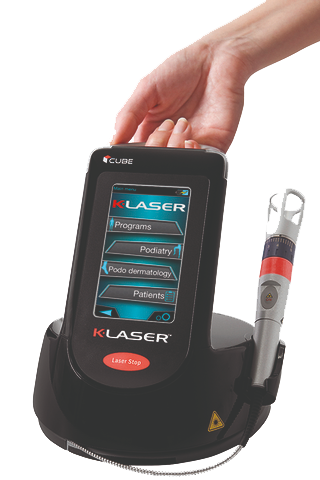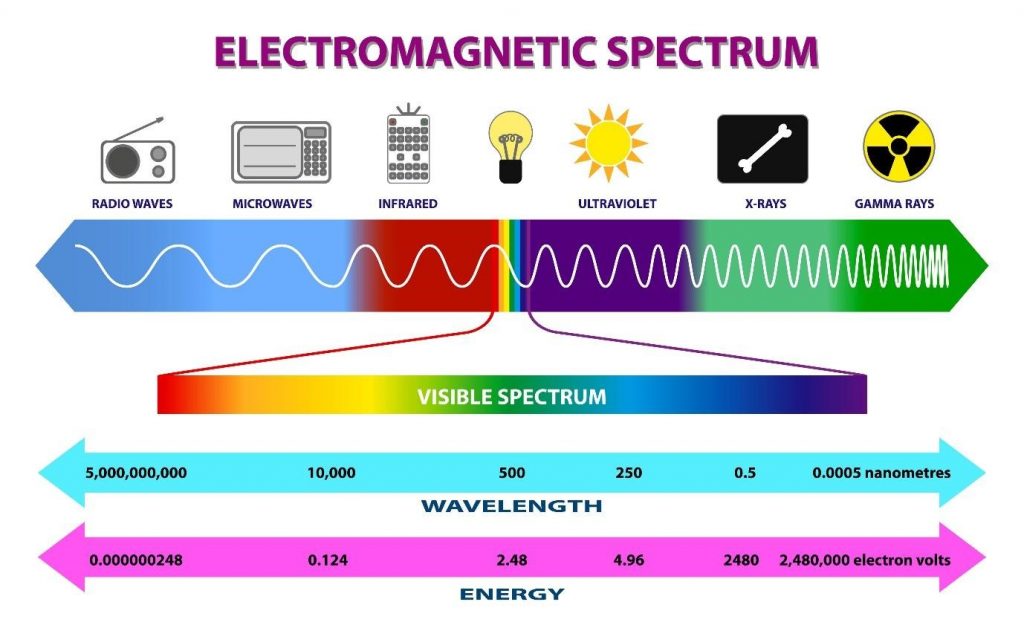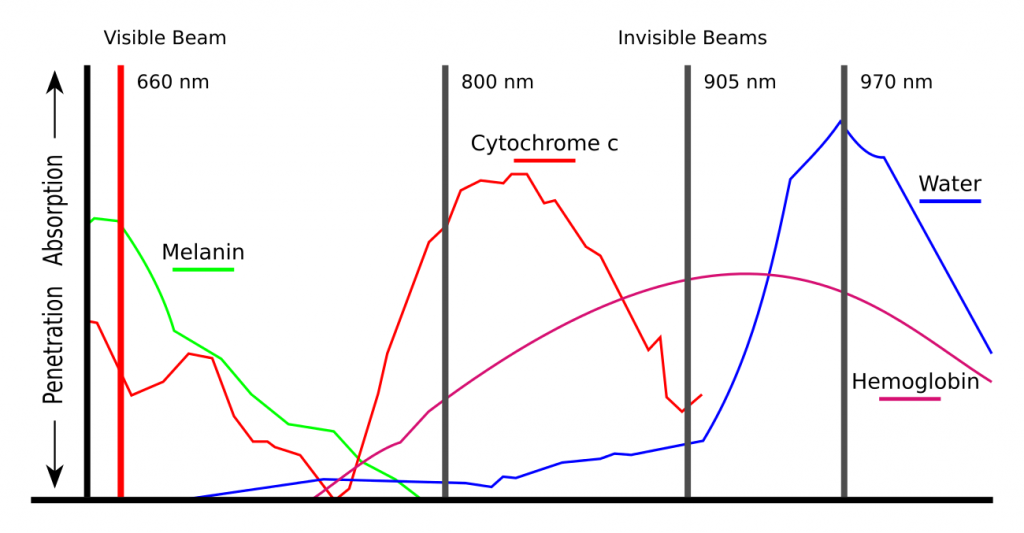Historical milestones:
1917 –
Albert Einstein describes theory of stimulated emission
1940s and early 1950s –
Charles Townes and Arthur Schawlow, working in the area of spectroscopy, produced working “maser” (Microwave Amplification by Stimulated Emission of Radiation)
1957 / 1958 –
patents sought and granted, working lasers produced
1961 –
first lasers used by opthamologists
1962 –
semi-conductor laser invented
1964 –
powerful CO2 laser invented (for cutting, drilling and welding)
1964 –
Nobel Prize for Physics awarded to Charles Townes
1966 –
dye laser invented
1972 –
lasers used on CDs and CD-ROMs
1980s –
mass production expands laser use – laser diodes and fibre optics allows fast data transmission and brings the internet closer
1981 –
Nobel Prize for Physics awarded to Arthur Schawlow
1988 –
laser diodes become smaller than the wavelengths they emit
1990s onwards –
– nanolasers used in medicine, data processing and optical signal transmission
– Thermotherapy on varicose veins, detached retinas
– Laser surgery
– Tattoo removal
– Dermatological applications
– Dental applications
– Musculoskeletal treatments
– Guidance systems for digging tunnels and defence applications
– Checkout scanners
– Laser pointers
– Accurate distance measures
– Mass spectrometry
Recent decades –
a field largely developed by engineers (rapidly and effectively, including in medical applications) has been scrutinised by medical researchers seeking ideal dosages and treatment protocols.



